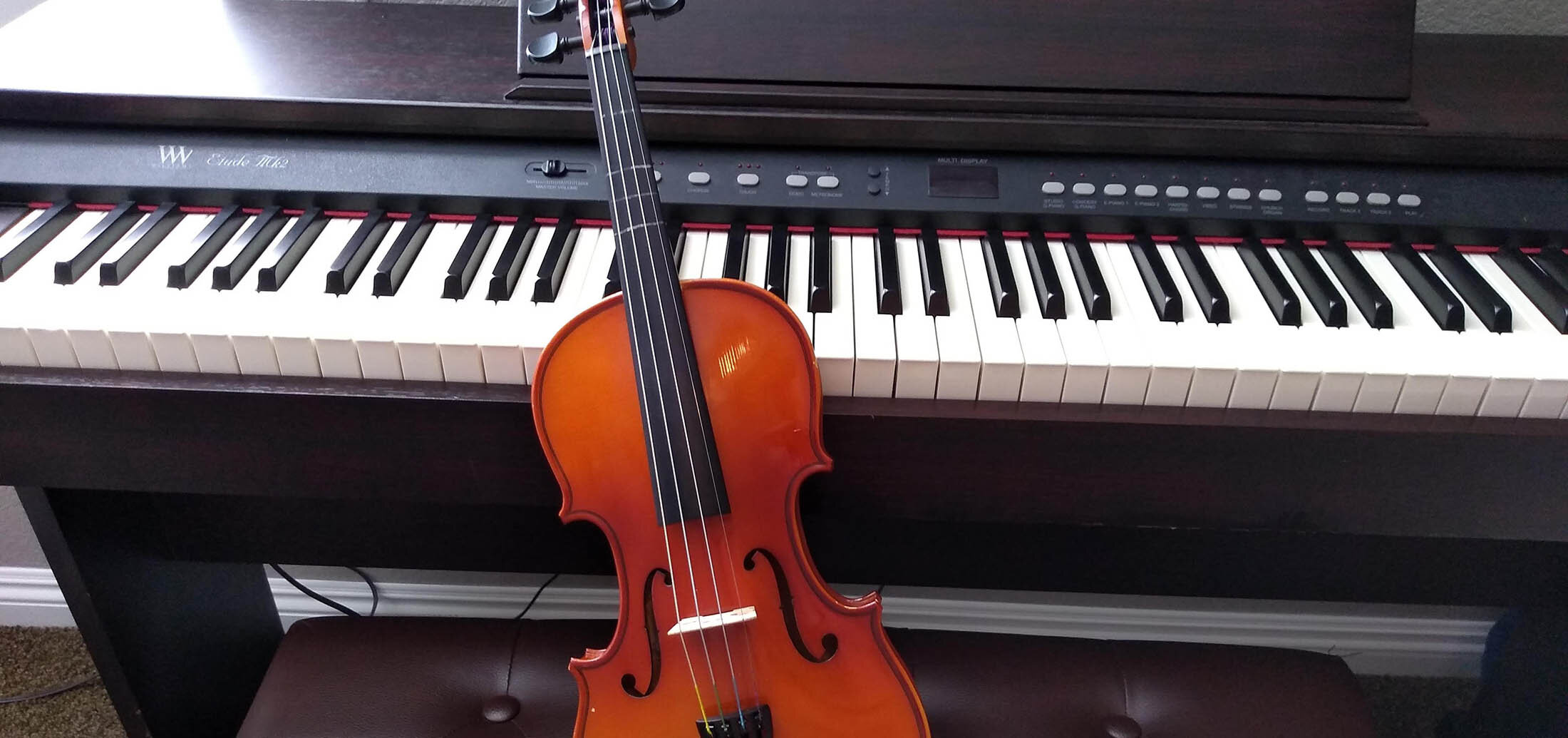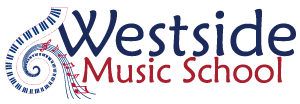
Harmony Road Philosophy
Learning By Doing
The Harmony Road Philosophy stresses learning by doing. Imitative singing – by copy, by ear with hints, by ear – helps develop pitch and learn melodic patterns. Repetition is critical to develop musical memory. Short patterns will soon become a part of longer phrases. Phrases will become songs!
The voice is our first and most musical instrument! When patterns are heard by the ear, sung by the voice (the “inside music teacher”), then played with singing on the keyboard, a wonderful circle of musical learning is achieved.
Solfege Singing
Solfege Singing is the musical language that opens the ears, frees the voice, and enhances all keyboard playing. Students may develop “inner hearing” which enables them to compose and memorize music.
Solfege Singing is one of the most effective ways to learn to read music and unlocks many mental blocks to music instruction.
Solfege & Letter Names for Notes
Solfege: the Italian syllables (do – re – mi – fa – sol – la – ti).
The physical act of singing and saying the solfege syllables is a right-brain activity or function.
The physical act of singing and saying the letters is a left-brain activity.
The letters B, C, D, E, and G all end in the long E sound and therefore rhyme, making it difficult to distinguish them as different without unnatural or non-musical emphasis. Saying, but especially singing, a sequence of letter names for notes is awkward. Singing a sequence of solfege syllables flows more smoothly.
Young children are learning the alphabet as it relates to their language and are often confused to relate them to the language of music.
The solfege syllables become their musical language.
Refer to the Harvard Dictionary of Music for more information about solfege.
Rhythmic Development
The first goal is to keep a steady pulse or beat. The group experience helps children develop a feeling for pulse.
How we learn rhythms:
By copy clapping – to learn patterns
Ostinato patterns – for independence
Chant with rhythm syllables (“tahn”, “ta-ta”, etc.)
Learn proper use of rhythm instruments.
Keyboard
Keyboard brings music from the ear, through the voice to the finger. The keyboard at first serves as the “outside music teacher”, helping connect ears, eyes, fingers, and minds.
Keyboard Goals:
To develop a good understanding of keyboard geography.
To gain good tactile and visual awareness.
To relate pitch and melodic patterns to the keyboard.
(First semester) To play melodies smoothly, with simple harmonies for older classes.
Reading Skills
Reading experiences will be developed in an appropriate manner for specific age groups. First reading development for younger classes will be through sight-singing activities and reading games. Young students should internalize patterns, then read them. Older students can experience this internalization – but will obviously be expected to sight play sooner because of their experience with other reading activities.
All reading should be approached in patterns. Go from the known to the unknown! Reinforce with writing activities and quick, fun drills.

